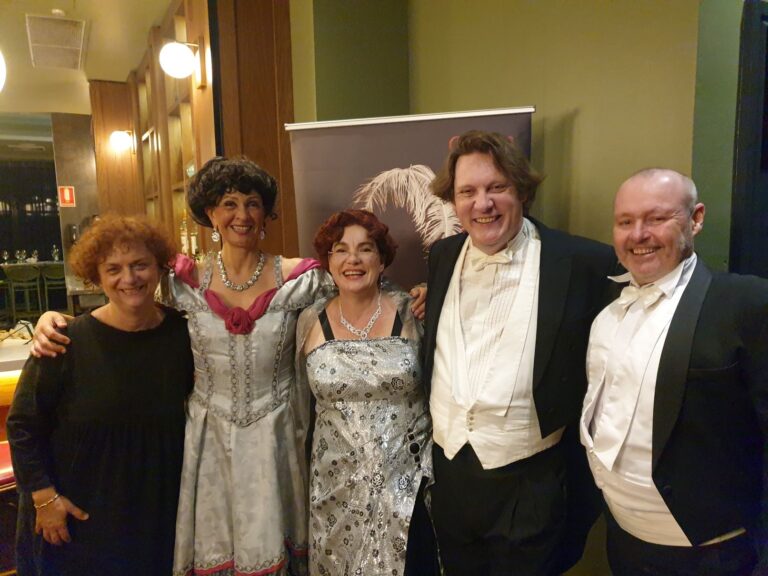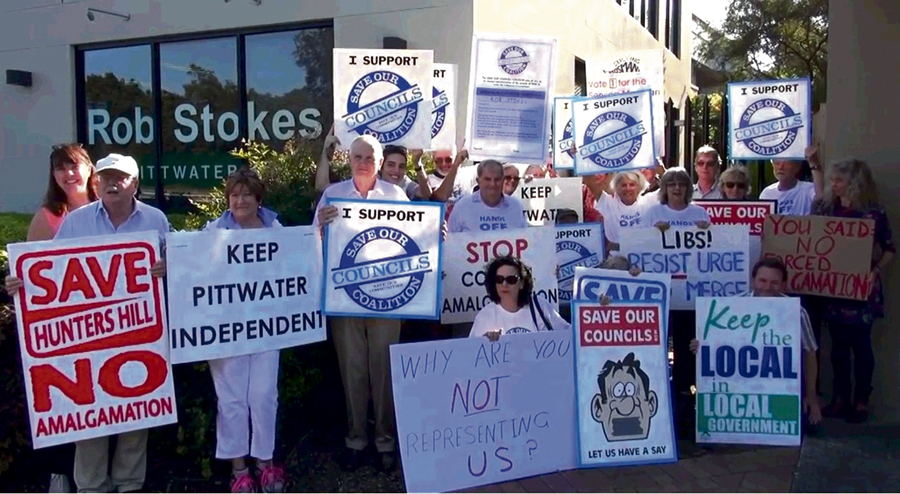
Local representation across Sydney falls to lowest ever levels under mergers

BY JOHN STAMOLIS
Ex-Leichhardt Councillor
In a recent article in this paper, I discussed how the forced amalgamation of Councils has resulted in much worse levels of representation across Sydney. Dr Bligh Grant (UTS) and the Department of Local Government took issue with this and felt that my analysis was full of caveats.
The first of my points is that forced amalgamations have slashed the number of Councillors in Sydney, reducing local community representation to the lowest level ever.
Average representation for the Inner-West community will plummet from 1 Councillor for every 5,100 people to 1 Councillor per 12,300 people.
This comes at a time when Councillor workloads are very high, as the responsibilities of local government have increased and as Sydney’s population is set to grow by around 1.5 million over the next 15 years – increasing the average size of a Council by a further 60,000 people.
In recent Councils’ surveys, results have shown that our community expects more engagement from the new Council. I question whether it is sensible to slash the number of Councillors given these factors.
Second, the number of Councils proposed for Sydney (25) is less than Melbourne (31) and Perth (29), while Adelaide, with a quarter of the population of Sydney, has 20 Councils. This not only raises questions about Sydney’s focus on local representation when compared with other capital cities; it also opens up questions about whether State Government has correctly identified regions which are vital to the city’s growth and economy; or if it has just lumped Councils together with little thought.
Third, across London, 1 Councillor represents on average 4,500 people. It will be more than three times this in Sydney (16,500).
The number of Councillors on a London Council varies from 46 to 70. While this is high, in Sydney, the Baird Government has arbitrarily capped the number of Councillors at a very low 15. In London, our Inner West Council would have about 60 Councillors – not 15.
The Department of Local Government points out that the UK doesn’t have State Governments, and therefore the number of Councillors needs to be higher in London. Let’s look at that more closely. This says that because Councils in London have broader responsibilities they need 40 to 50 extra Councillors for every Council.
What nonsense! Direct representation for the Inner-West will be 15 Councillors and only 3 State MPs, while the equivalent Council in London will have 60 representatives.
I am not suggesting that the Inner-West should have 60 elected representatives. I am simply comparing the representation levels for two global cities with similar democratic fundamentals. Interestingly, it shows that London manages quite well to remain one of the top two global cities while having more local government areas and much higher representation than Sydney (even when you combine both State and Local Government).
My fourth consideration is this: Why did State Government cap the number of Councillors at 15? If you live in the Inner-West Council, which has 185,000 people, you will have 15 Councillors. If you live in Canterbury-Bankstown or Blacktown, each with around 340,000 people, it is still 15.
What is the reason for this huge disparity? Anyone would expect that reform of local government should have broadly attempted to make representation of communities fairer across Councils. Now, it’s worse!
The inflexibility of State Government and the Department of Local Government to consider adjusting the cap seems to be because they think there is some correlation between this number and the quality of decision-making in Councils. It would be good to see factual evidence to support such claims.
It would also be good to know why they think this size of 15 should apply to Councils’ with populations of 180,000, 250,000, 350,000 or even higher. So, for most Councils it will be one size fits all as Council regions’ populations grow over time.
The State Government should give serious consideration to lifting their cap on the number of Councillors – by a sensible amount. This is because levels of representation in NSW now are far too low.
We already have two levels of government – Federal and State – which have minimal interaction with the average person. In fact, most people feel increasingly irrelevant when it comes to our ability to influence or interact with Federal and State government.
Is it too much to ask that communities have meaningful access to our Councils and our local representatives? After all, we fork out enough money for three levels of government in Australia.









